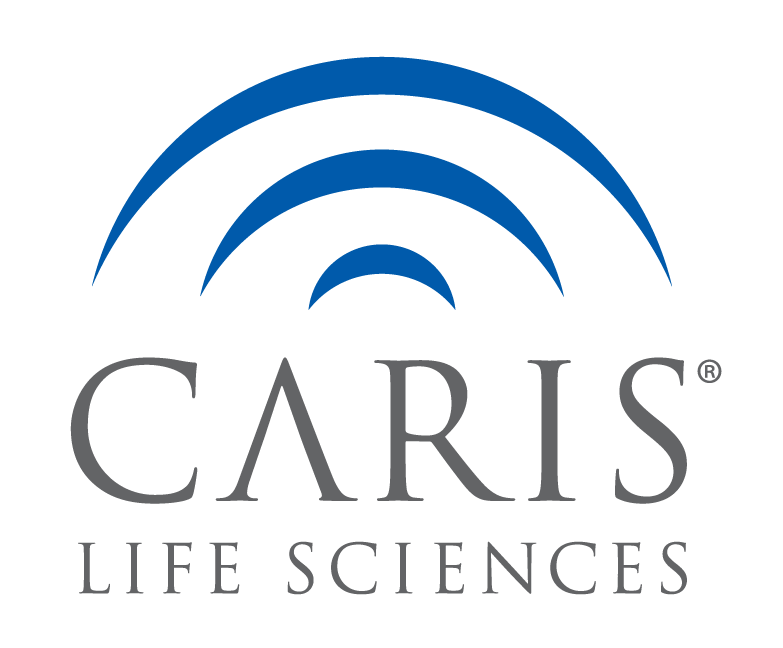
Genomic Instability
Video Transcript
Most of the cells in our bodies divide to allow for growth, maintenance, and repair of tissue. Under normal circumstances, cell division begins by the cell copying its DNA and then splitting to form two daughter cells.
PREVENTING DNA COPY MISTAKES
As the DNA is copied, there are checkpoints and multiple surveillance mechanisms in place to “proofread” the DNA that is being copied to make sure it’s exactly like the original. Our bodies also naturally produce tumor suppressor genes, which regulate cell division and repair DNA copy mistakes. As long as the DNA stays healthy and maintains its integrity, the cell can divide and perform all its necessary functions.
WHAT CAUSES GENOMIC INSTABILITY
What happens when things go wrong? Defects in cell division, or in the DNA surveillance and repair processes, can result in something called genomic instability. Genomic instability is an increased likelihood for mutations and alterations to occur and remain in the DNA as cells divide. Genomic instability can be due to exposure to toxic substances that induce DNA damage or can result from diseases like cancer that disrupt the normal cell division and DNA repair processes, allowing cells to grow out of control. Two common types of genomic instability are homologous recombination deficiency, known as HRD and microsatellite instability, or, MSI.
HOW CARIS HELPS IDENTIFY GENOMIC INSTABILITY
In some cancers, mutations may be present in genes important for repairing damaged DNA. When this happens errors that occur when DNA is being copied will not be repaired. Broken, missing, rearranged or extra sections of DNA are types of defects present in cancers with genomic instability. For many of these, unique treatment options are available. Caris molecular testing examines the DNA, RNA, and proteins within your cells. By profiling the specific aspects of your tumor, genomic instability can be identified, and a catered treatment plan provided to your doctor. Ask your doctor about Caris today.
Discover
More
Every patient and every cancer is unique. To treat cancer, we must understand what drives its growth. With that knowledge, we can find where the tumor is vulnerable and recommend treatments that exploit its weaknesses.
Germ cells, are the reproductive cells of our bodies, sperm for males and eggs for females. The genetic information within the germ cells, is transferred to the offspring with 50% of the information provided by the father, and 50% by the mother.
